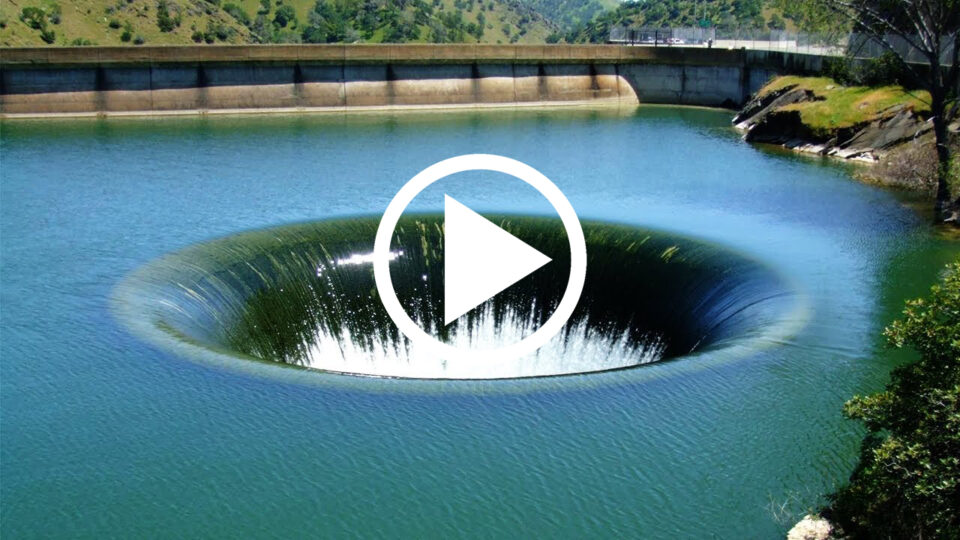Jungles, oceans and deserts are all synonymous with certain levels of danger.
But what if I told you there are certain places in the world where huge holes reside, and one visit could end your life.
CHAND BAORI
Chand Baori one was built during the 8th and 9th centuries and has 3,500 narrow steps arranged in perfect symmetry, which descend 20m to the bottom of the well.
Centuries ago, the stepwells were built in the arid zones of Rajasthan to provide water all year through.
Today, the construction is not used as a well anymore but its exquisite geometry attracts local and international visitors alike.
About 64 feet deep, it is India’s largest and deepest stepwells with 13 floors and was built in the 9th century for water harvesting.
It was so named as it was built by King Chand Raja from the Gujara Pratihara clan, who claim to be the descendant of Lord Ram’s younger brother Laxman.
The Pratihara dynasty was at its peak during the 6th-10th century AD, and also ruled over other parts of Rajasthan.
Their capital was Mandore near Jodhpur.
The board has a precise geometrical pattern, hard to find in this age. The steps form a magical maze and the consequent play of light and shadow on the structure gives it a captivating look.
It has an enclosed rectangular courtyard kind of structure.
Upon entering you reach a jharokha. Descending the stairs on the left, you can see the cavernous baori narrowing towards the bottom, crisscrossed with double flights of steps on three sides to reach the water surface down below.
The stairs encircle the water on the three sides while the fourth side boasts of a Pavillion with three stories with beautifully carved jharokhas, galleries supported on pillars, and two projecting balconies enshrining beautiful sculptures.
KIMBERLY MINE
Kimberley, South Africa, is home to the world’s largest diamond mine, also known as the “Big Hole.” Dug by humans and so large it is visible from space; the pit has yielded some of the world’s largest diamonds and made the De Beers name famous worldwide.
At Kimberley visitors can view a 17-minute movie about the location and the history of diamond mining in Africa They also get to walk out on a high platform to view The Big Hole, take a ride down a faux mining shaft, enter a locked vault to view genuine diamonds of all colors, and visit a small museum.
Nearly 15 million diamonds were extracted from the Kimberley Diamond Mine, discovered in 1871. Excavation ended in August 1914.


